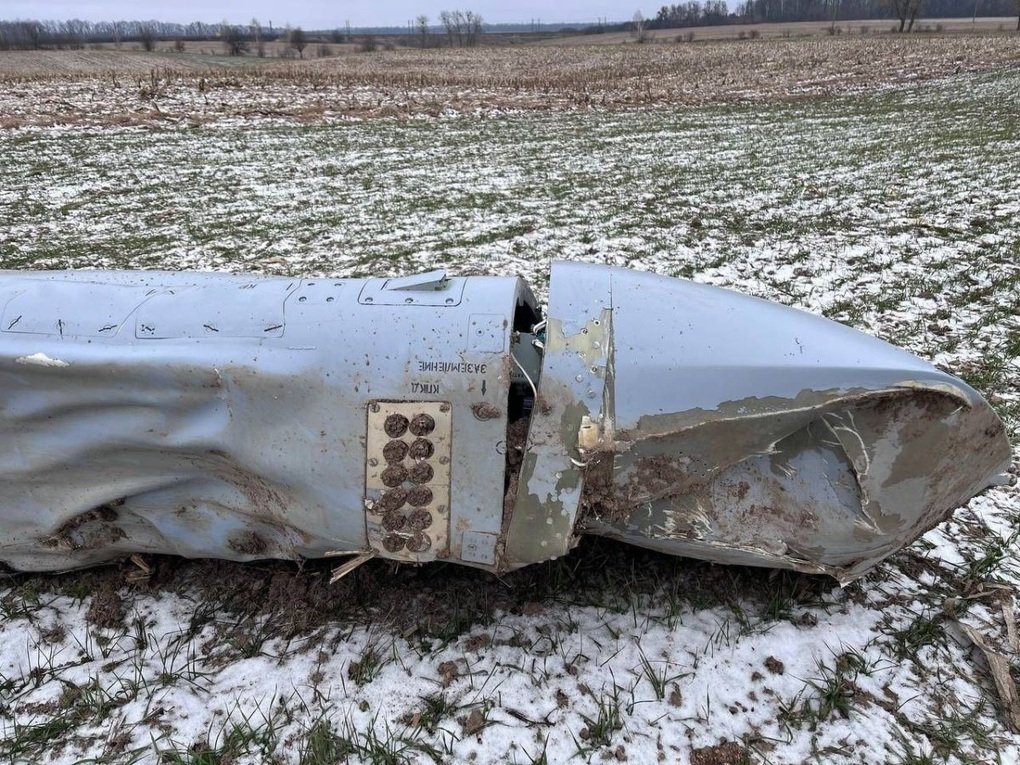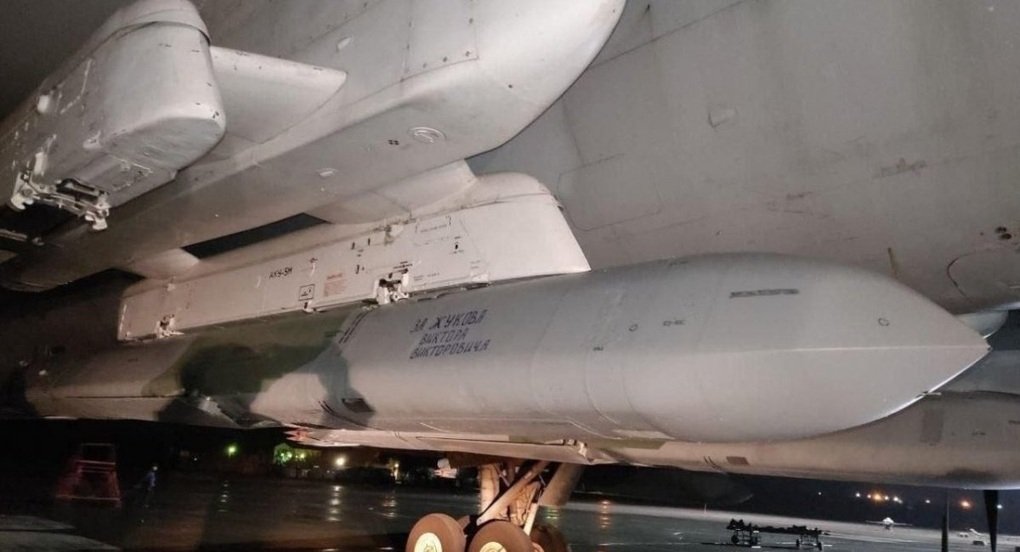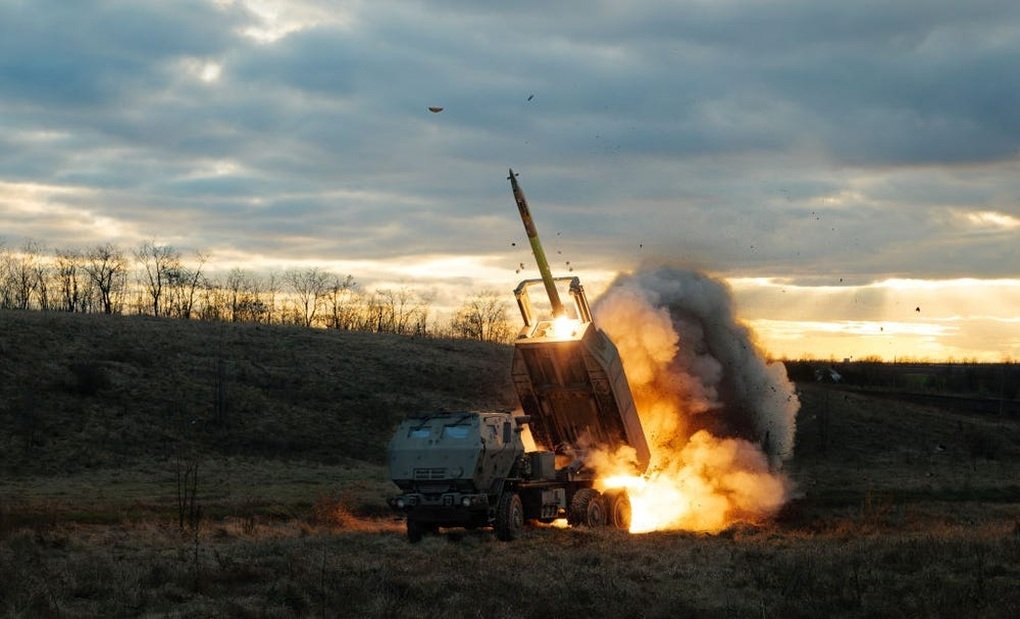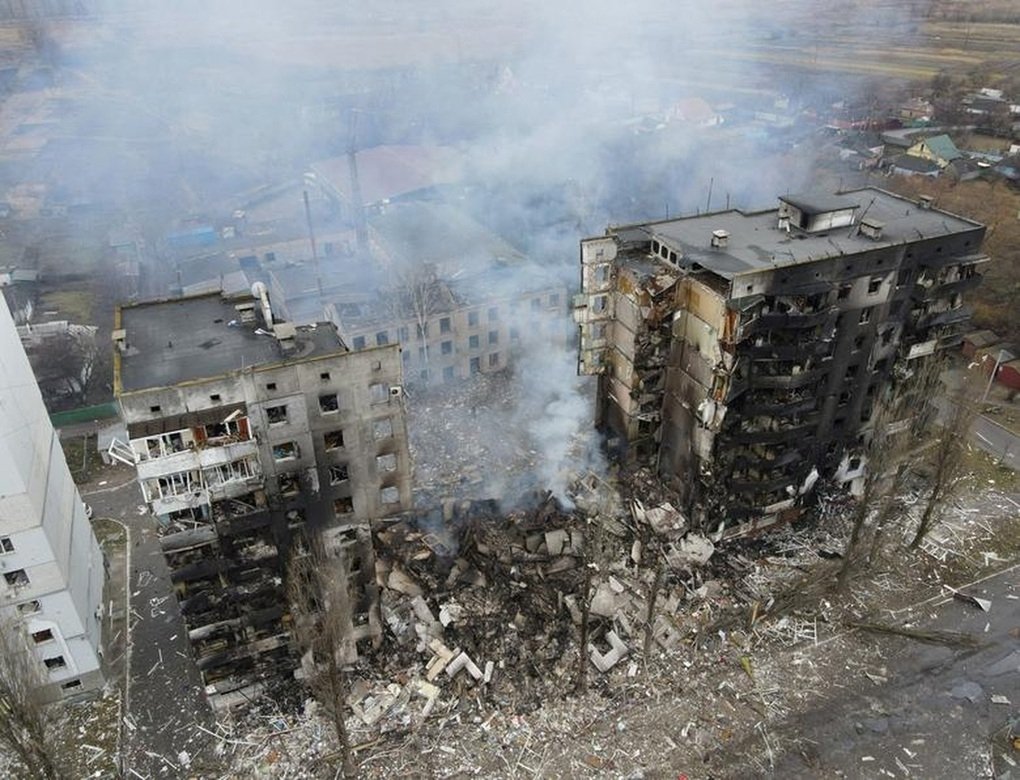(Dan Tri) – Video from the scene shows that Russian Kh-101 missiles can launch decoy traps such as airplanes or combat helicopters to deceive Ukrainian air defenses.
Russian Kh-101 missile (Photo: Defense Express).
Defense Express posted a video recording the scene of Russia’s Kh-101 cruise missile attacking a Ukrainian target on December 29.
The special point in the video above is the moment the Russian missile launches a decoy trap when attacking.
The purpose of the bait trap in this case is to deceive Ukraine’s air defense.
The moment a Russian missile launched a decoy trap to fool Ukraine’s air defense (Video: Defense Express).
Having a structure similar to conventional flares, thermal decoy traps are commonly used by the Russian military and many countries around the world on fighter aircraft and helicopters to protect these assets from anti-aircraft missiles.
When enemy missiles are detected, decoys will be launched.
Kh-101 is one of the most advanced missiles in service with the Russian armed forces.
Able to move at a maximum speed of 270m/s at an altitude of only 30 to 70m above the ground, this cruise missile is said to be `invisible` to enemy radar and therefore very difficult to shoot.
Before being widely used in the Russian military, these cruise missiles were tested many times on the Syrian battlefield and recorded very high performance.
Russia regularly launches Kh-101 missiles from Tu-95MS strategic bomber planes to attack targets in Ukraine.
Previously, Ukraine discovered an almost intact Russian Kh-101 missile during a raid earlier this year.

The heat trap decoy part is mounted on the Russian Kh-101 missile (Photo: Ukrainian Air Force).
Last November, Ukrainian Air Force spokesman Yurii Ihnat said the Ukrainian military usually has to fire at least two anti-aircraft missiles to intercept a Russian Kh-101 cruise missile.
`Normally, at least two of our anti-aircraft missiles were used to fire at enemy flying targets, thereby increasing the likelihood of successful interception. The Russian army is using Kh-










